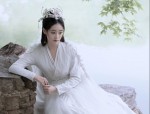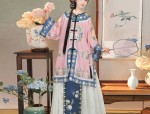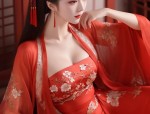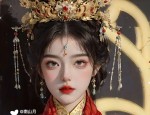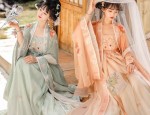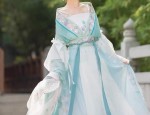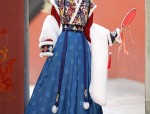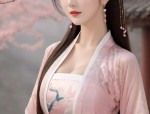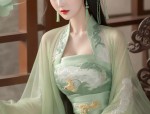The Ming Dynasty Dao-Pao:A Closer Look at Traditional Chinese Hanfu Clothing
In the history of Chinese culture, the clothing of the Ming Dynasty (1368-1644 AD) has always garnered attention for its unique designs and intricate craftsmanship. Among the various styles of clothing during this era, the Dao-Pao, a type of robe worn by both men and women, particularly showcases the essence of Hanfu fashion. This article delves into the history and significance of the Ming Dynasty Dao-Pao as a Traditional Hanfu garment.
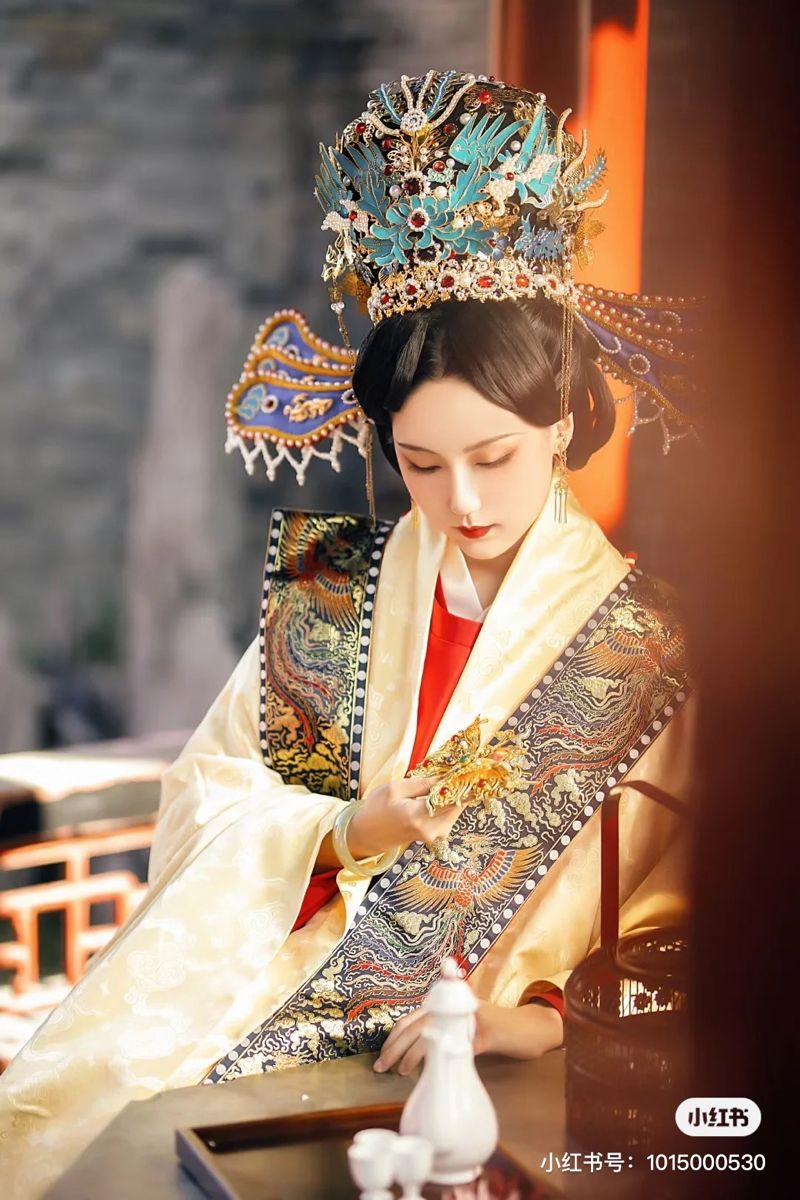
The Ming Dynasty was a period of cultural and artistic flourishing in China. With the development of trade and agriculture, the fashion industry also flourished, resulting in diverse clothing styles. Dao-Pao, which originated from the traditional Chinese robe, gradually evolved into a distinct clothing type with unique features during this era. It was worn by people of different social statuses, from commoners to the nobility.
The design of Ming Dynasty Dao-Pao was influenced by various factors such as culture, politics, and social norms. The robe was usually made of silk or other high-quality materials and was characterized by its loose fit and simple lines. It featured a wide range of colors and patterns, often adorned with embroidery, patterns, and other decorative elements. The robe's length varied depending on the wearer's status and age, with adult men's robes being longer than those worn by women or children.
The Ming Dynasty Dao-Pao not only served as a practical garment but also reflected the wearer's social status and cultural identity. The design and style of the robe were closely related to the wearer's occupation, age, and social class. For instance, officials wore robes with specific patterns and colors that symbolized their rank and authority.
The craftsmanship involved in making Dao-Pao was highly skilled and involved various techniques such as embroidery, weaving, and dyeing. These techniques were passed down through generations and were considered an integral part of Chinese cultural heritage. The use of these techniques not only enhanced the beauty of the garment but also added value to it, making it a prized possession.
The Ming Dynasty Dao-Pao also reflects the cultural exchange between China and other countries. During this period, China had extensive trade connections with countries like Korea and Japan, which influenced the design and style of Dao-Pao. Some elements of foreign culture were incorporated into the design, resulting in a unique blend of Chinese and foreign fashion.
Today, the Ming Dynasty Dao-Pao is not only worn for historical events or cosplay but has also become a part of modern fashion. Many designers have incorporated elements of traditional Hanfu into modern clothing, making it more wearable for everyday use. The popularity of traditional Chinese culture has also led to a revival of interest in Ming Dynasty clothing, with people worldwide embracing this traditional style.
In conclusion, the Ming Dynasty Dao-Pao is not just a garment but a symbol of Chinese culture and tradition. It reflects the history, craftsmanship, and cultural exchange that took place during the Ming Dynasty. The revival of interest in traditional Chinese culture has brought back this beautiful garment, which continues to inspire designers worldwide even today.

 Previous Post
Previous Post

